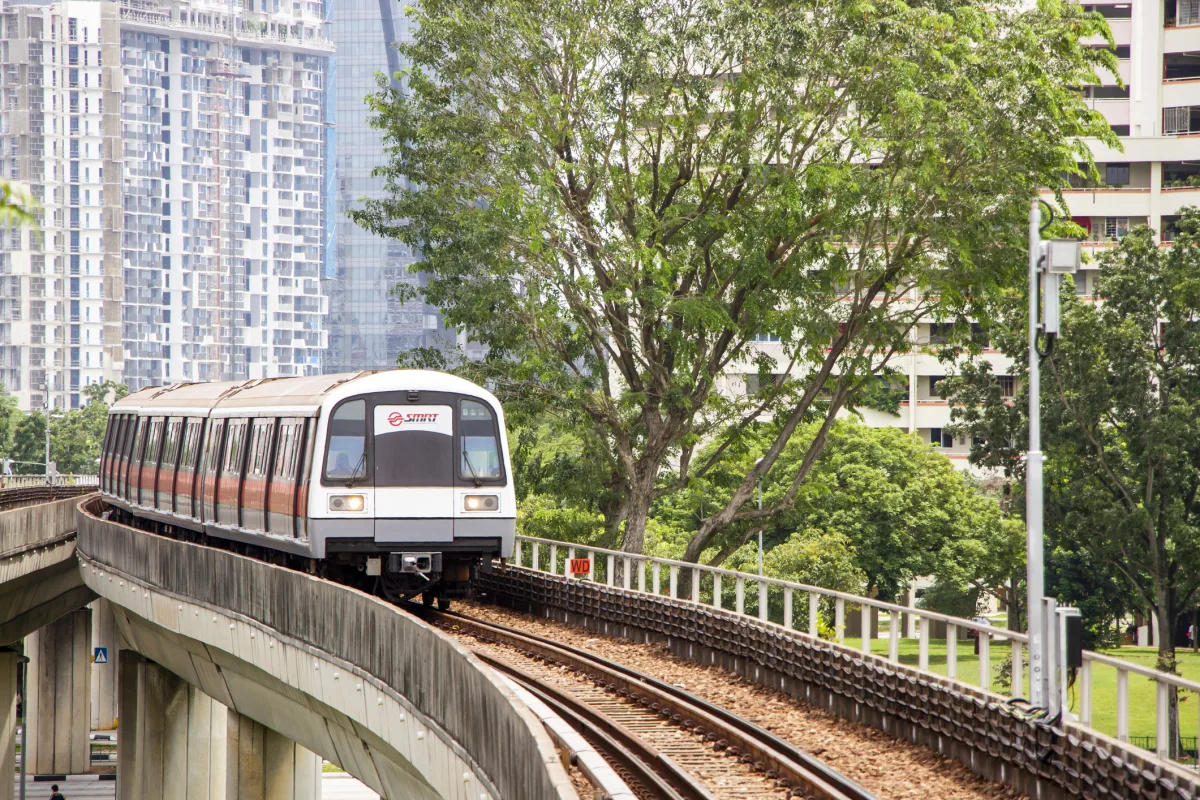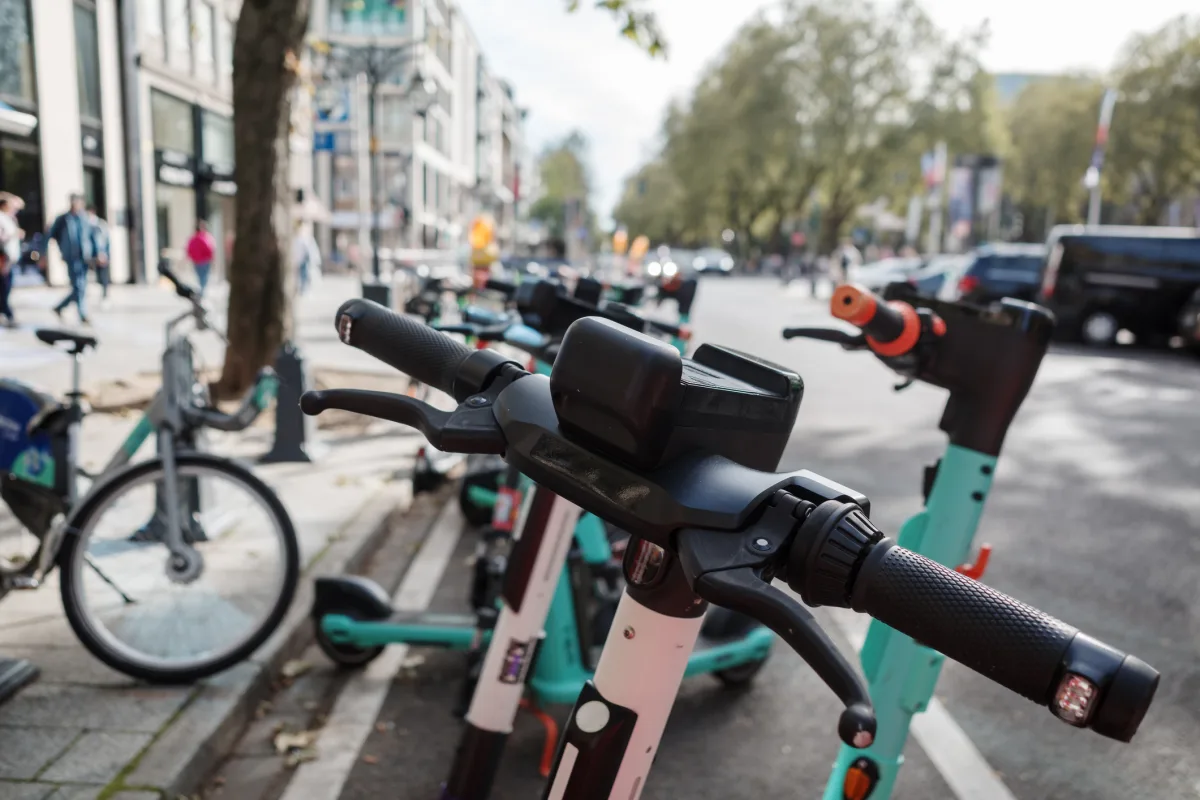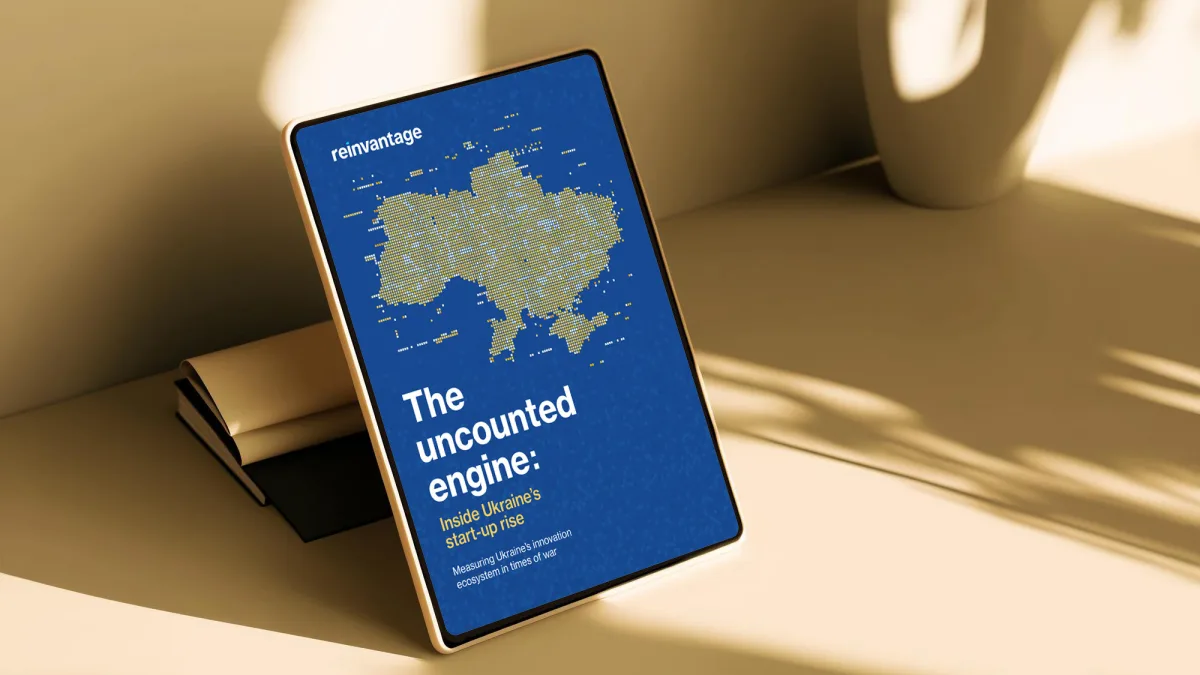Electric scooters littering pavements have become as much a feature of modern cities as coffee chains and traffic wardens.
Once heralded as the solution to urban mobility’s woes, these battery-powered contraptions have instead become the municipal equivalent of a hangover—messy, regrettable, and difficult to clear up. Paris, which once boasted of leading the micromobility revolution, unceremoniously banned all 15,000 rental scooters in 2023 after residents voted 89 per cent against them. Melbourne followed suit last year, with its mayor lamenting they had caused “havoc on our footpaths.”
France’s accident data shows e-scooters have a 9.2 per cent fatality rate—higher than motorcycles. Where they remain legal, researchers document deliberately dangerous behaviour that seems unique to rental vehicles—riders performing stunts, deliberately crashing, or what academics diplomatically call “intentional safety-critical events”.
The scooter fiasco reveals something important about urban transport: shiny technological fixes often mask deeper infrastructure failures. Whilst venture capital chased two-wheeled unicorns, genuinely transformative changes were happening in cities that grasped a simple truth—people abandon cars only when alternatives prove superior.
Why cars still rule
Most people drive because they have little choice. In America, 72 per cent of commuters use personal vehicles whilst just 14 per cent rely on public transport. This disparity makes sense when 45 per cent of Americans have no access to public transportation whatsoever. Car dependency costs dearly—the average household now spends 12,297 US dollars annually on vehicle ownership.
The Covid-19 pandemic worsened matters. Whilst public transport ridership collapsed, car purchases surged despite double-digit price rises. Families who might have relied on buses or trains bought cars instead. Many have not looked back.
There is evidence, however, that transport habits can change when cities provide genuine alternatives. Public transportation, rudimentary as it is, prevents 63 million metric tonnes of carbon emissions annually in America alone. Getting people to embrace greener options requires systems that work rather than sermons about climate change.
Singapore shows the way
Consider Singapore, which has built what many regard as the world’s finest urban rail network. The city-state’s Mass Rapid Transit (MRT) system carries 3.41 million passengers daily across 143 stations and six lines.
Singapore’s success stems from both ambition and execution. The network spans 240 kilometres today but will double to 460 kilometres by 2040 as 44 new stations come online. The North East Line, opened in 2003, was among the world’s first fully automated heavy rail systems. Today, Singapore operates the longest stretch of driverless trains globally.

Technology pervades the system. SMRT, its operator, recently launched Depot 4.0—a smart maintenance facility using artificial intelligence and automation that doubles train overhaul capacity. The company has tested autonomous shuttles and invested in self-driving vehicle technology through its venture arm.
Singapore treats public transport as essential infrastructure rather than a service for the poor. Political support spans decades, enabling long-term planning that private operators struggle to achieve. The results speak for themselves.
Technology’s promise
Artificial intelligence offers genuine benefits for public transport, though less glamorous than scooter-sharing apps promised. California’s AI-powered traffic signals have improved travel times by 20 per cent and emergency response by 69 per cent. Transport for London reports that AI optimisation has delivered 10 per cent better on-time performance and 15 per cent shorter passenger waits.
Singapore, not surprisingly, leads here too. Transit operators have developed generative AI applications including assistants that translate speech into sign language and chatbots answering passenger queries. Such tools encourage ridership whilst managing growing demand efficiently.
The global AI transportation market could reach 23.11 billion US dollars by 2032. Applications range from predictive maintenance—which can extend infrastructure life by 30 per cent—to demand forecasting and real-time route optimisation.
Autonomous vehicles remain nascent but are gaining traction. San Francisco permitted commercial robotaxi services in 2023. Shanghai granted permits for passenger-carrying robotaxis in 2024. Some transport campaigners worry, however, that adding more cars to the road is not a viable option, however, and safety concerns over autonomous vehicles remain.
The business opportunity
Transport transformation creates substantial commercial opportunities, though success requires focusing on proven solutions rather than headline-grabbing novelties. Cities seeking efficiency gains provide ready markets for AI-powered traffic management systems. Predictive maintenance platforms appeal to cash-strapped transport authorities needing to extend asset life whilst controlling costs.
Electric vehicle manufacturers benefit from public sector fleet electrification. Norway’s push for electric vehicles—nearly nine out of ten new cars sold in 2024 were electric—shows how policy creates markets. Oslo’s trams and metro already operate on renewable energy, and by 2028, the city aims to fully electrify its entire transit fleet—including buses and ferries.
Integration specialists face growing demand for Mobility-as-a-Service platforms that unify multiple transport modes through single applications. Modern travellers expect seamless information across buses, trains, bikes, and ride-sharing—the sort of integration that Singapore has mastered.
The biggest opportunities perhaps lie in unglamorous infrastructure rather than Silicon Valley disruption. Cities need more bus lanes, better stations, integrated ticketing, and reliable service. Such basics generate fewer venture capital headlines but solve real problems.
Building better cities
Urban mobility’s future will not be determined by the latest app or scooter scheme, but by sustained investment in systems that genuinely serve people’s needs. The e-scooter experience offers a cautionary tale: without proper infrastructure, even well-intentioned innovations become expensive nuisances.
Cities leading this transition—Singapore, Zurich, Oslo—understand that public transport succeeds when it offers superior convenience, reliability, and value compared to private cars. This requires sustained political support, intelligent use of technology, and substantial investment over decades.
Such joined-up think would be good for local economies, given that eighty-seven per cent of public transit trips have a positive economic impact. Cities that build excellent public transport will attract residents and businesses whilst reducing emissions and improving quality of life. Those that chase technological fads whilst neglecting fundamentals will remain stuck in traffic, watching better-run places pull ahead.
The revolution in public transport is already underway. It simply requires fewer unicorns and more investment in the unglamorous work of building systems that actually function.
Photo: Dreamstime.







